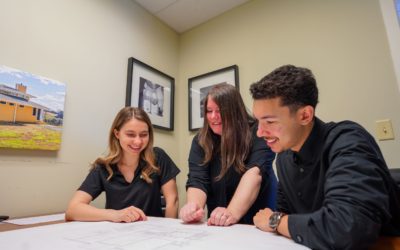Design - Why it matters to me. I blog a lot about building science, the importance of holistic...
Designing your dream home – Steps to Success in Design
Designing your dream home – Steps to Success in Design
Thinking of Remodeling Your Home This Spring? Start Here!
Spring is a great time to get started on your home remodeling project. So where is the best place...
Architectural Relationships
You never know where a relationship might lead you, do you take people for granted? I have been...

